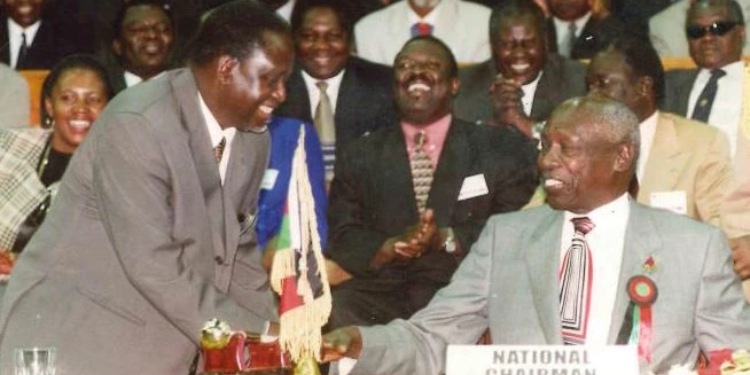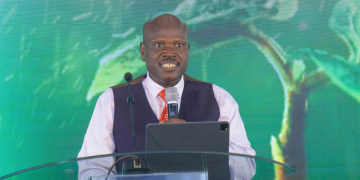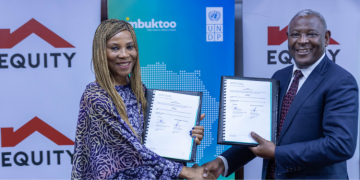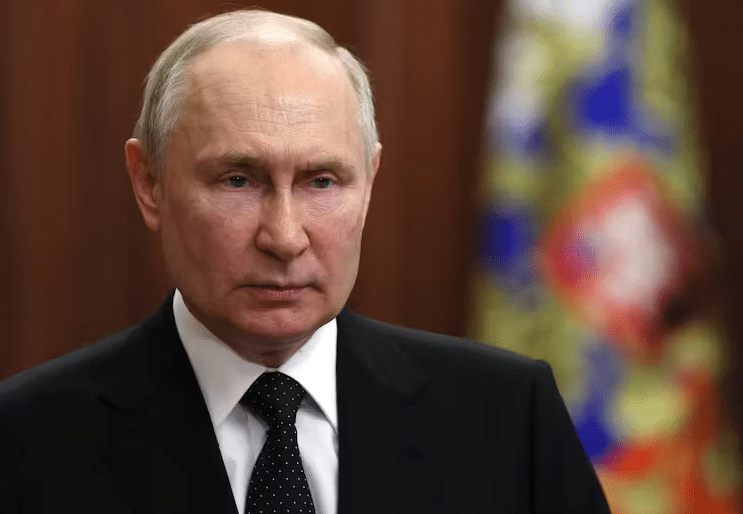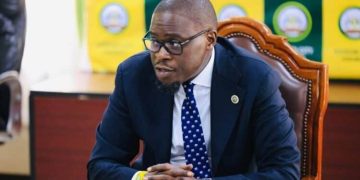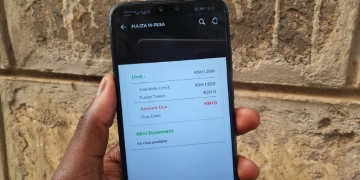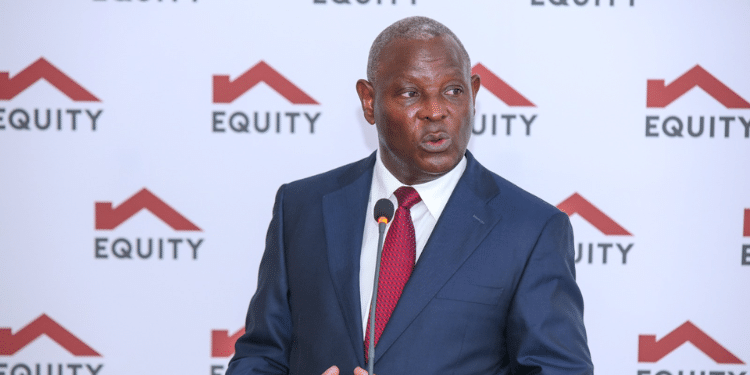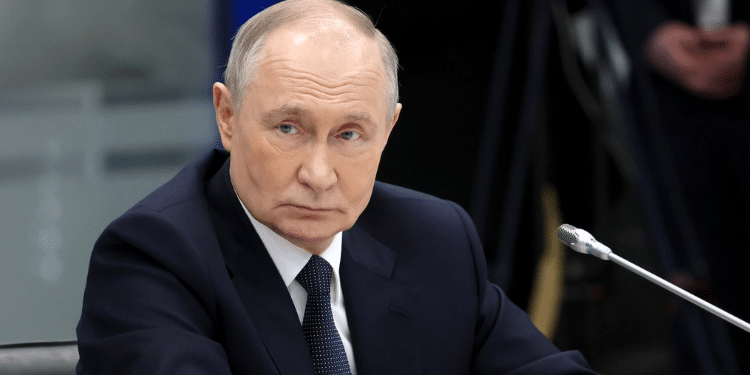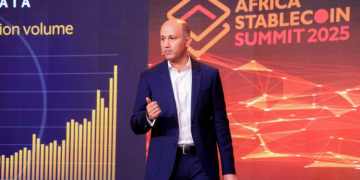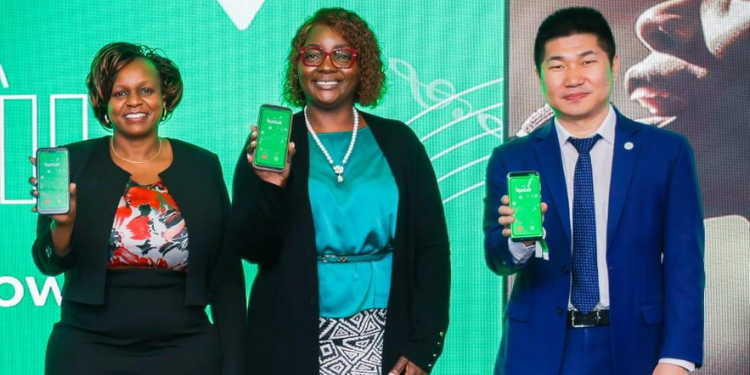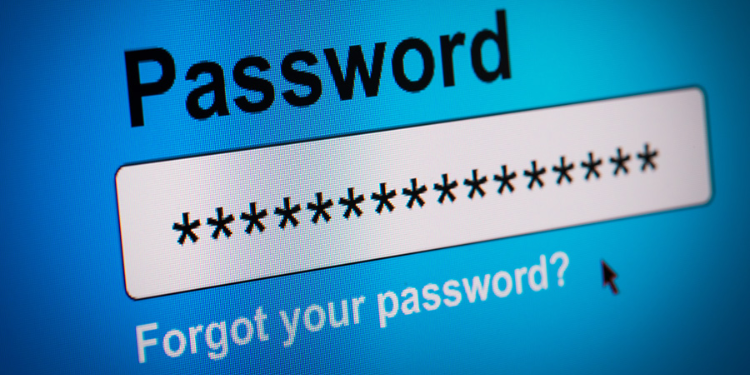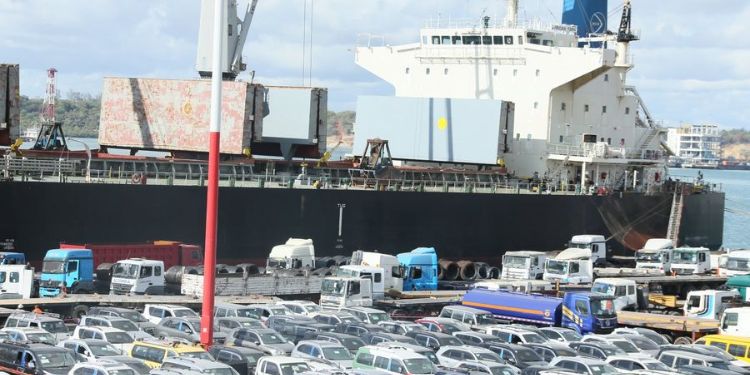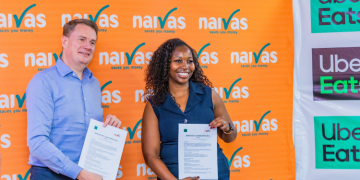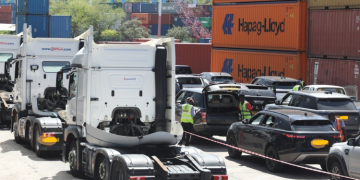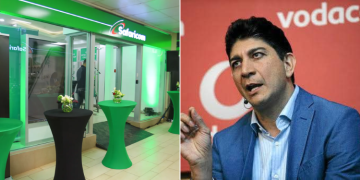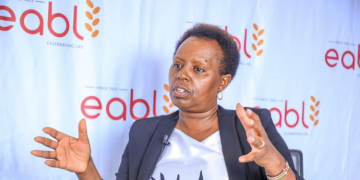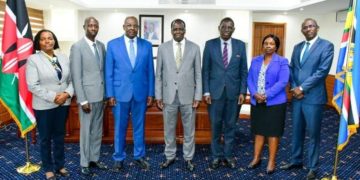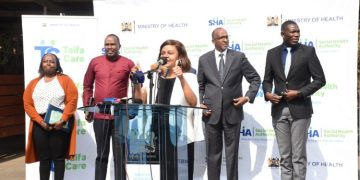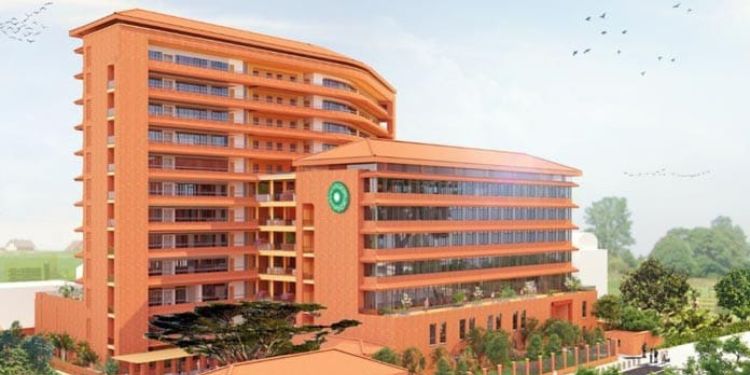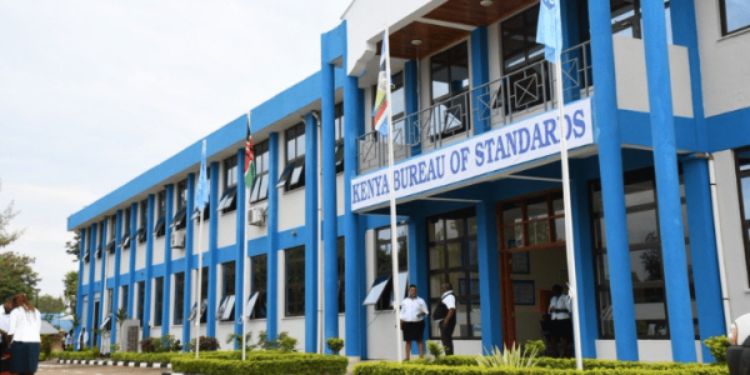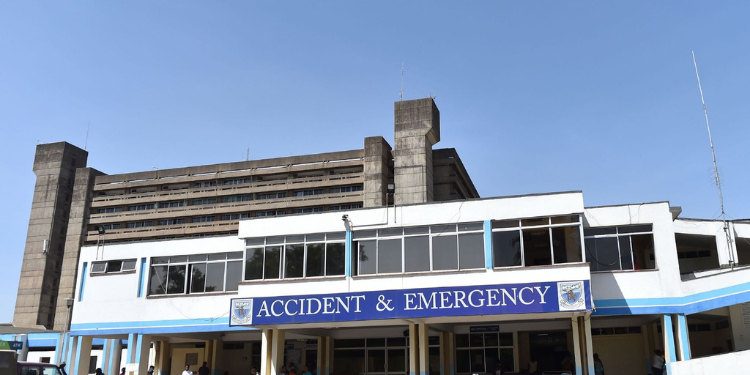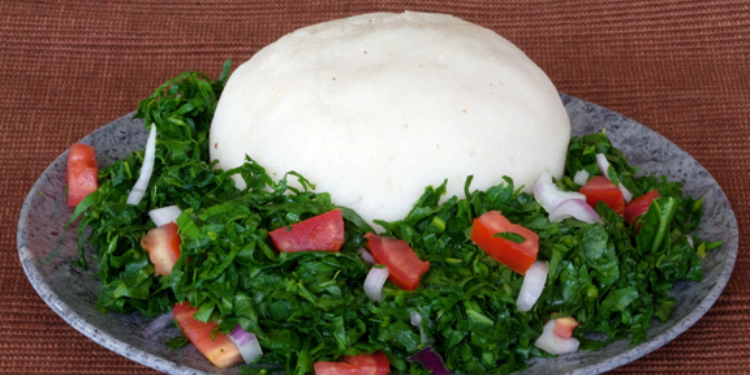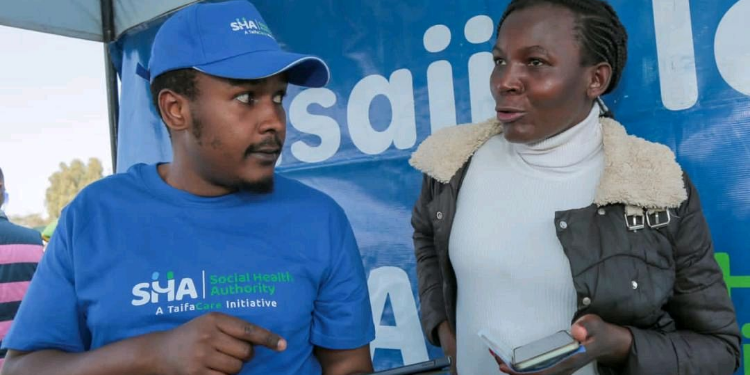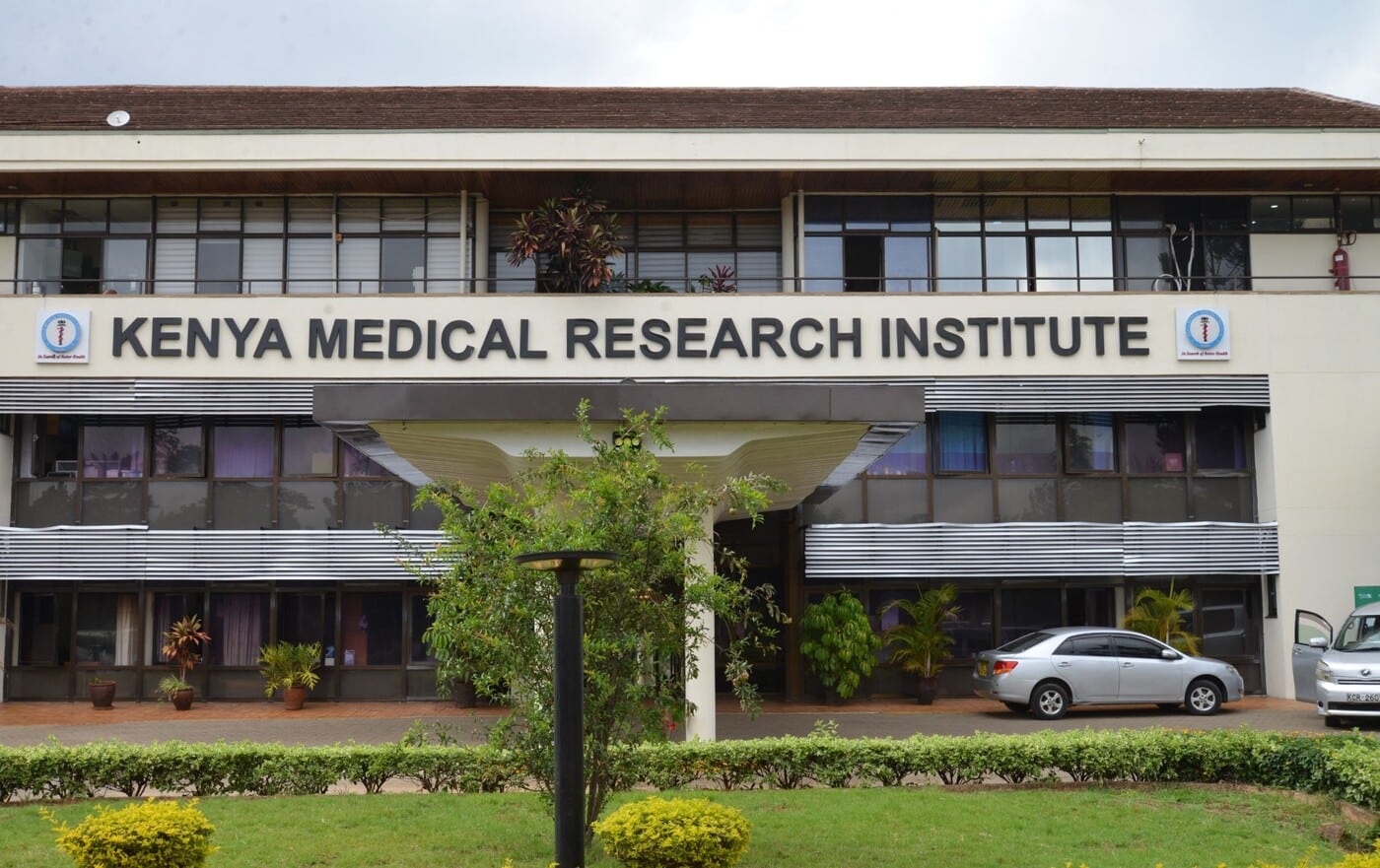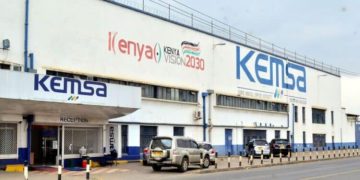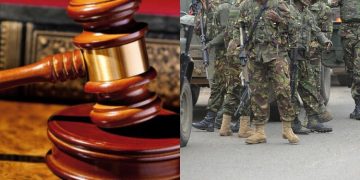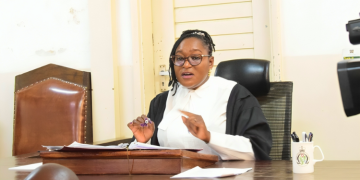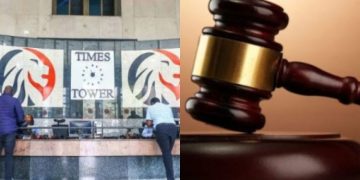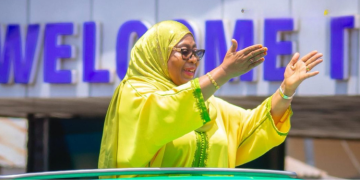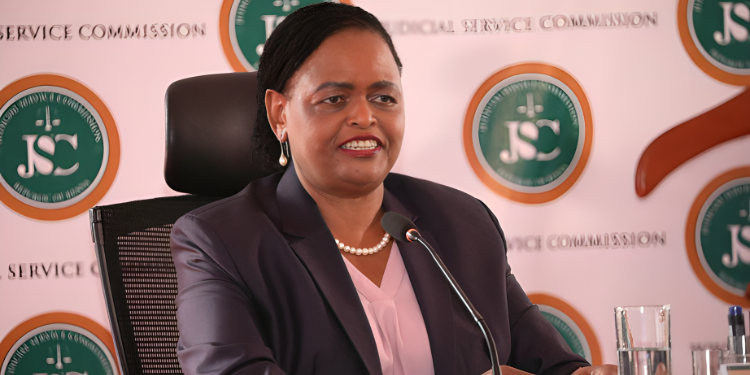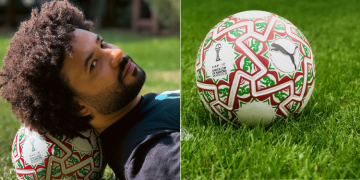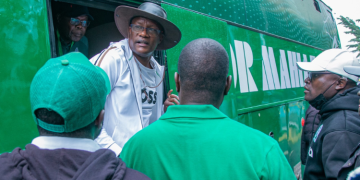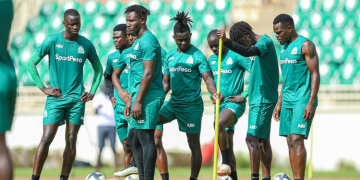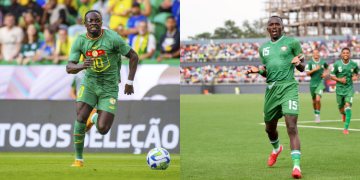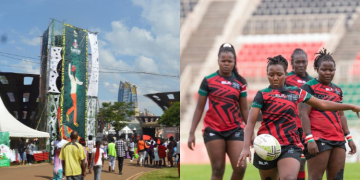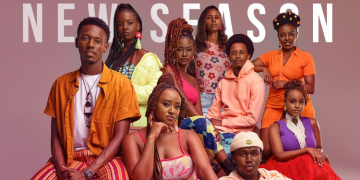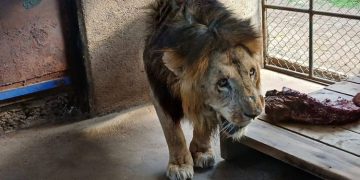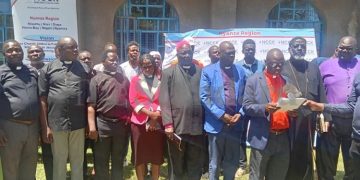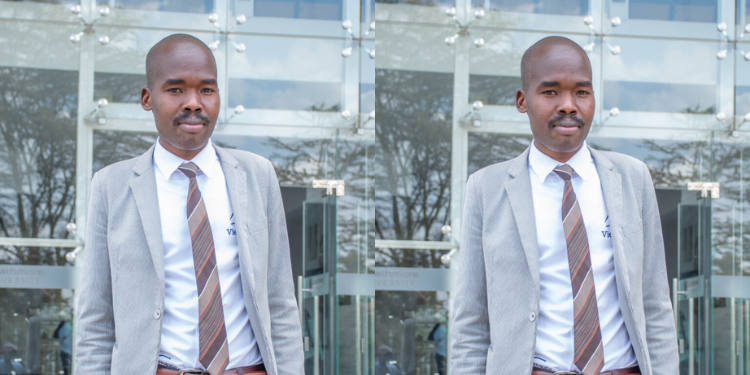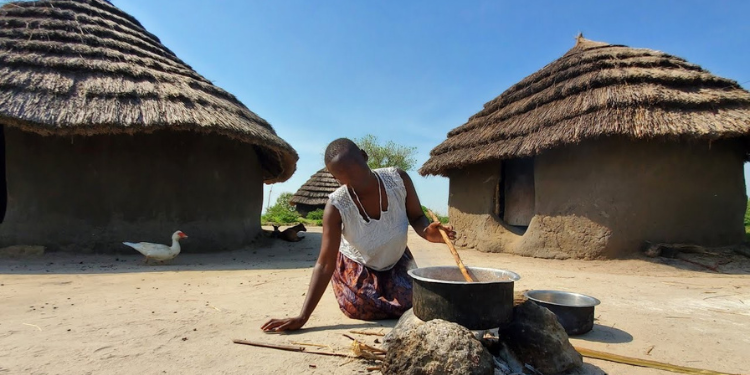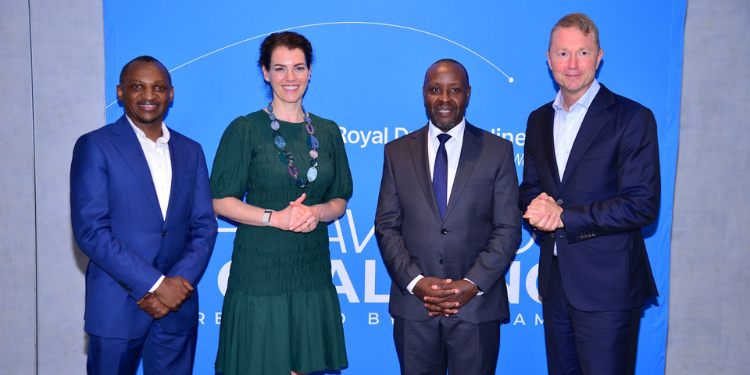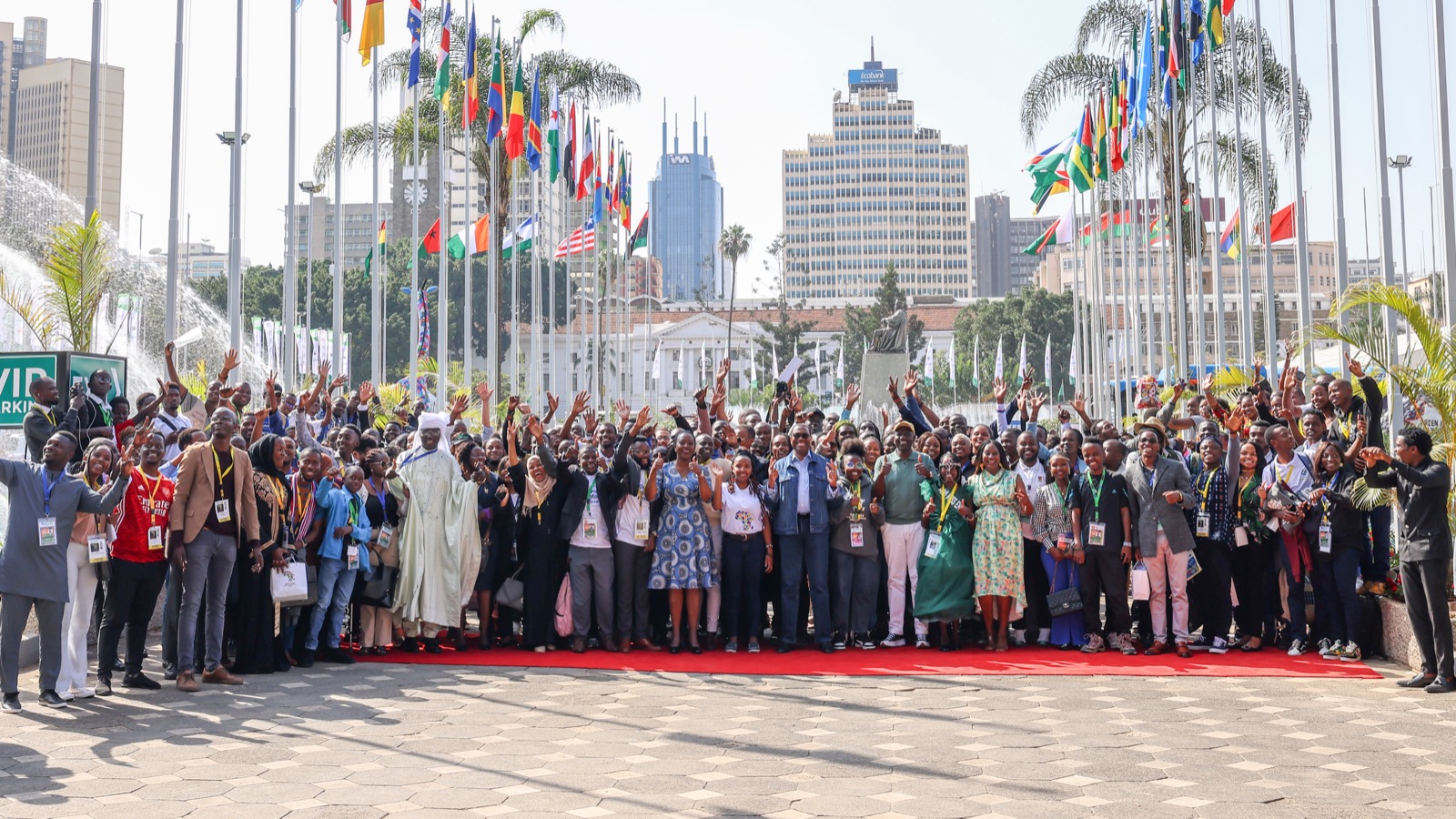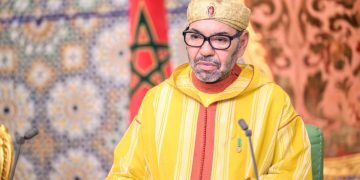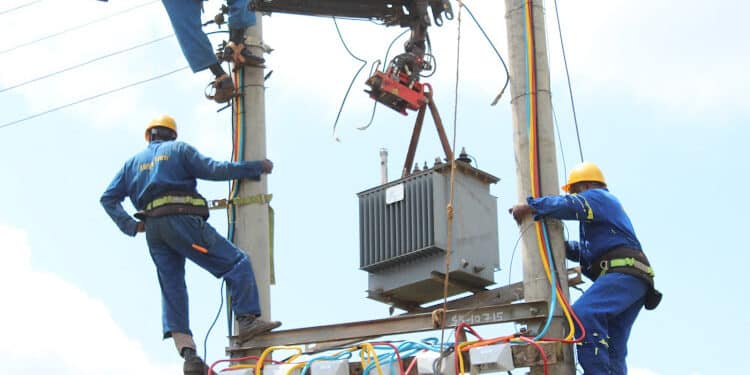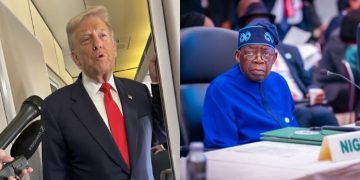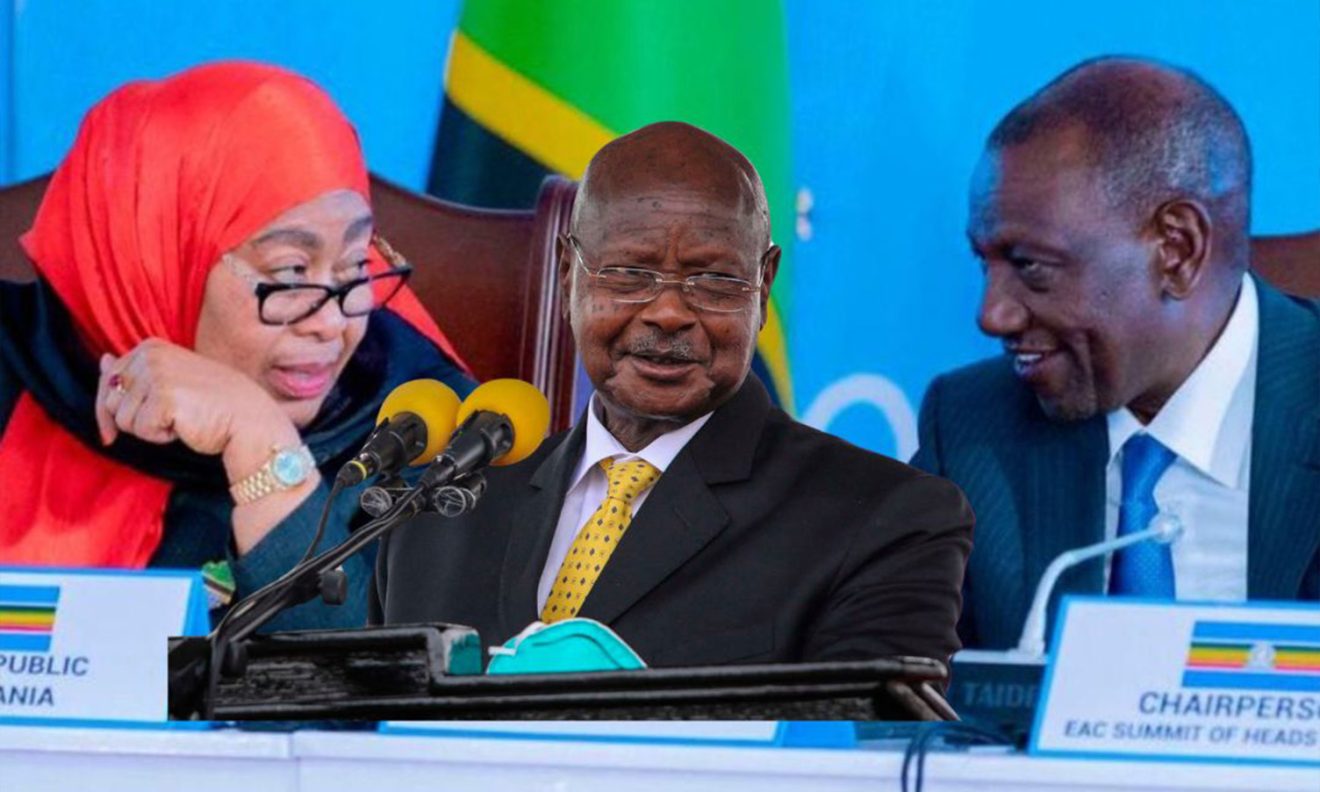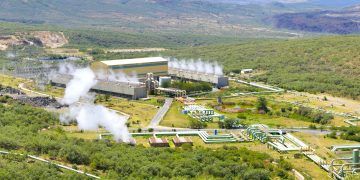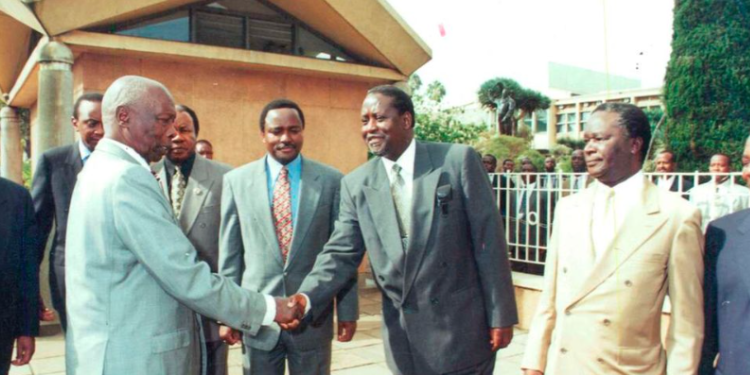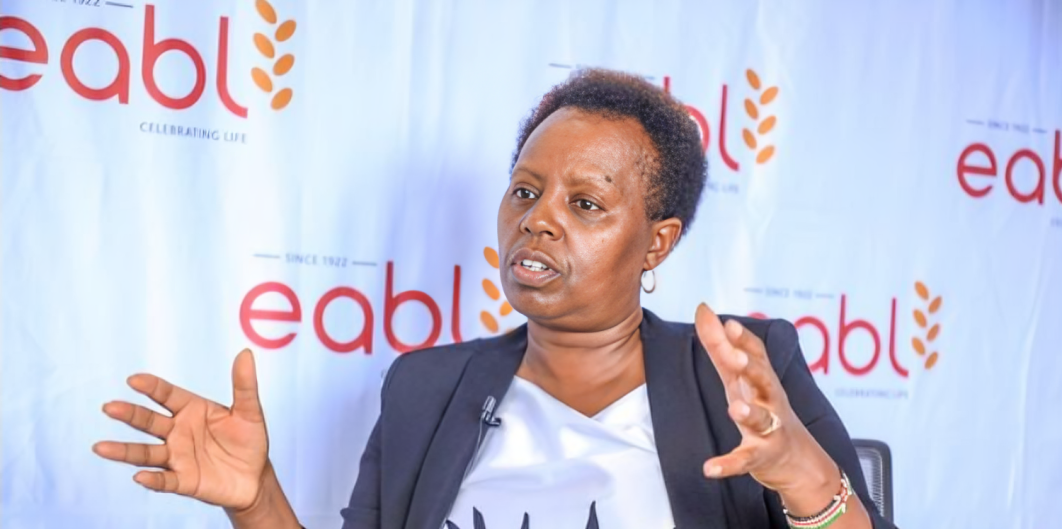In May 1998, Raila Odinga surprised many by joining political forces with President Daniel Arap Moi after years of opposing his government.
This unexpected alliance came as a shock, especially since Moi had previously detained Raila for nine years following the failed coup attempt in 1982.
The political partnership between Raila and Moi emerged shortly after the hotly contested 1997 general elections, in which President Moi won with 2,445,801 votes under the ruling Kenya African National Union (KANU) party.
Raila Odinga Joins Moi’s Government
He was followed by Mwai Kibaki of the Democratic Party with 1,935,868 votes, and Raila Odinga came in third with 667,886 votes. After the elections, Raila accused Moi of rigging the results.
“If Moi proceeds and rigs himself back to power again using Chesoni, then the people of Kenya shall be justified in using any other means to gain freedom in Kenya,” Raila stated.
Following Raila’s handshake with Moi, they signed a Memorandum of Understanding (MoU) for political cooperation.
This agreement laid the groundwork for the merger between Raila’s National Development Party (NDP) and Moi’s KANU.
Also Read: Today in History: When Kibaki’s Government Gave Fake General a Hero’s Welcome
The MoU enabled the NDP to collaborate with KANU in Parliament, supporting key government policies in exchange for influence and appointments. This cooperation, which began in 1998, was officially formalized through a merger in 2001.
As a result of this deal, Raila was appointed Minister for Energy in 2001, and several other NDP Members of Parliament were also given government positions.
In 2002, Moi appointed Raila as KANU Secretary-General as part of their political agreement. However, the alliance between Raila and Moi was short-lived, ending prematurely before the 2002 general elections.
Moi’s MOU with Raila Falls Apart
There was widespread speculation that Moi had promised to support Raila as his successor in exchange for the merger with KANU, but later felt betrayed. Ultimately, Moi chose Uhuru Kenyatta as his preferred successor, leading to a fallout between him and Raila.
Also Read: Today in History: When Two Ministers Died in an Aircraft Crash Barely Three Months in Office
In August 2002, Raila resigned as KANU Secretary-General and led a walkout with other prominent politicians, including Kalonzo Musyoka, George Saitoti, William ole Ntimama, Charity Ngilu, and Joseph Kamotho. Together, they formed the Liberal Democratic Party (LDP).
The LDP later joined the National Rainbow Coalition (NARC) alongside Mwai Kibaki’s Democratic Party. This new coalition successfully defeated Uhuru Kenyatta and KANU in the 2002 general election, ending KANU’s 40-year rule. 40-year rule.
Follow our WhatsApp Channel and X Account for real-time news updates.
